Thomas Ruff reimagines 1850s India and Burma at the V&A Photography Centre
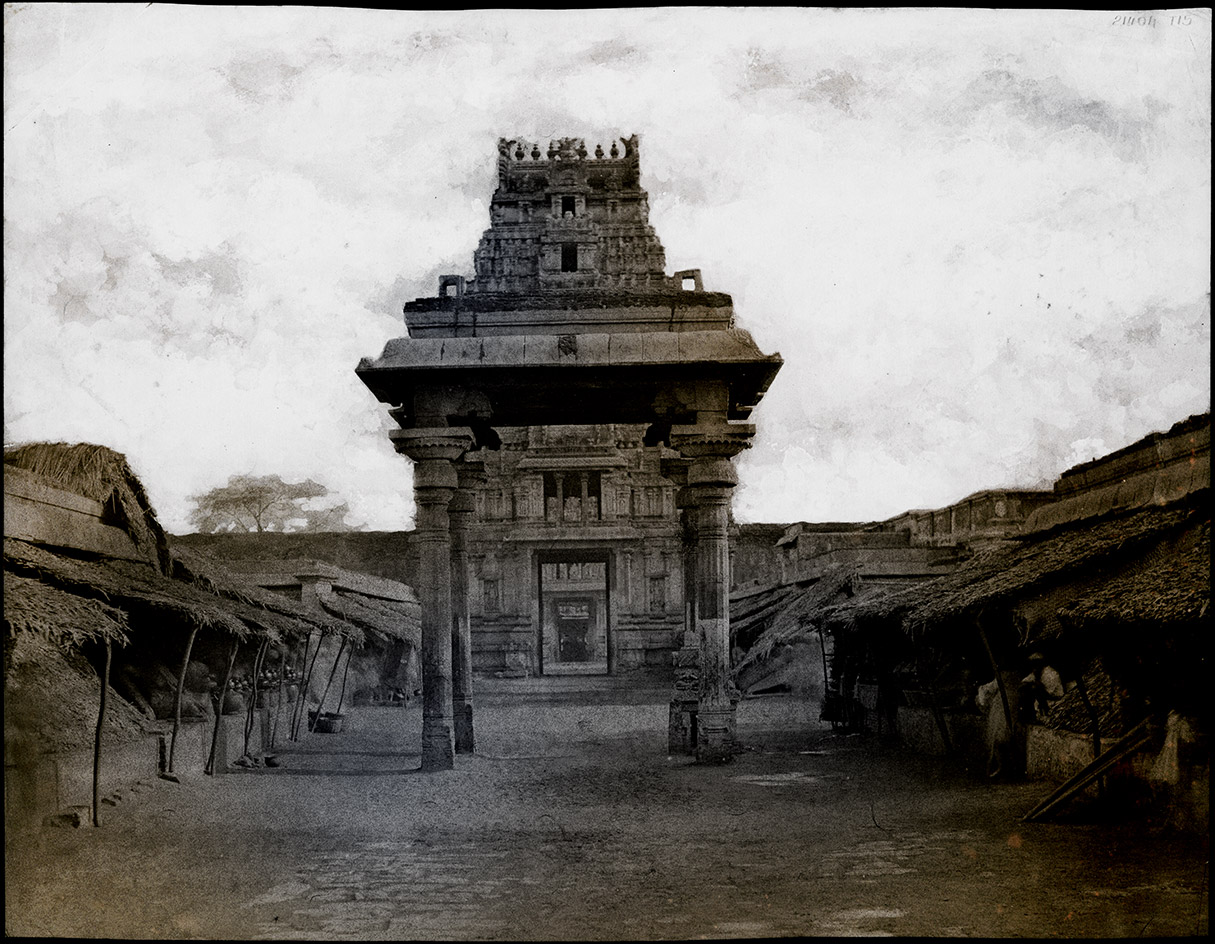
A major new body of work by German artist Thomas Ruff bridges digital manipulation with one of the earliest important achievements in analogue photography. Commissioned to celebrate the opening V&A’s brand new Photography Centre on 12 October, the series Ruff/Tripe reimagines a set of 1850s images of temples, palaces and monuments in India and Burma (now Myanmar) captured by British Army captain and photographer Linnaeus Tripe.
The Englishman joined the East India Company in 1838, moving to the south of India in 1840. However, Tripe only became interested in photography after relocating to Bangalore in 1854, following a four-year leave in England that was extended due to his poor health. Remarkably, he spent only two years making images in southeast Asia, but ten years printing them.
‘There’s a golden moment where [Tripe] made an incredible survey of all these places in India and Burma, some which had never been photographed before,’ says Martin Barnes, senior curator of photographs at the V&A. ‘It’s balancing between being a topographical military ordinance survey and admitting he was thrilled by the artistry of making these pictures.’
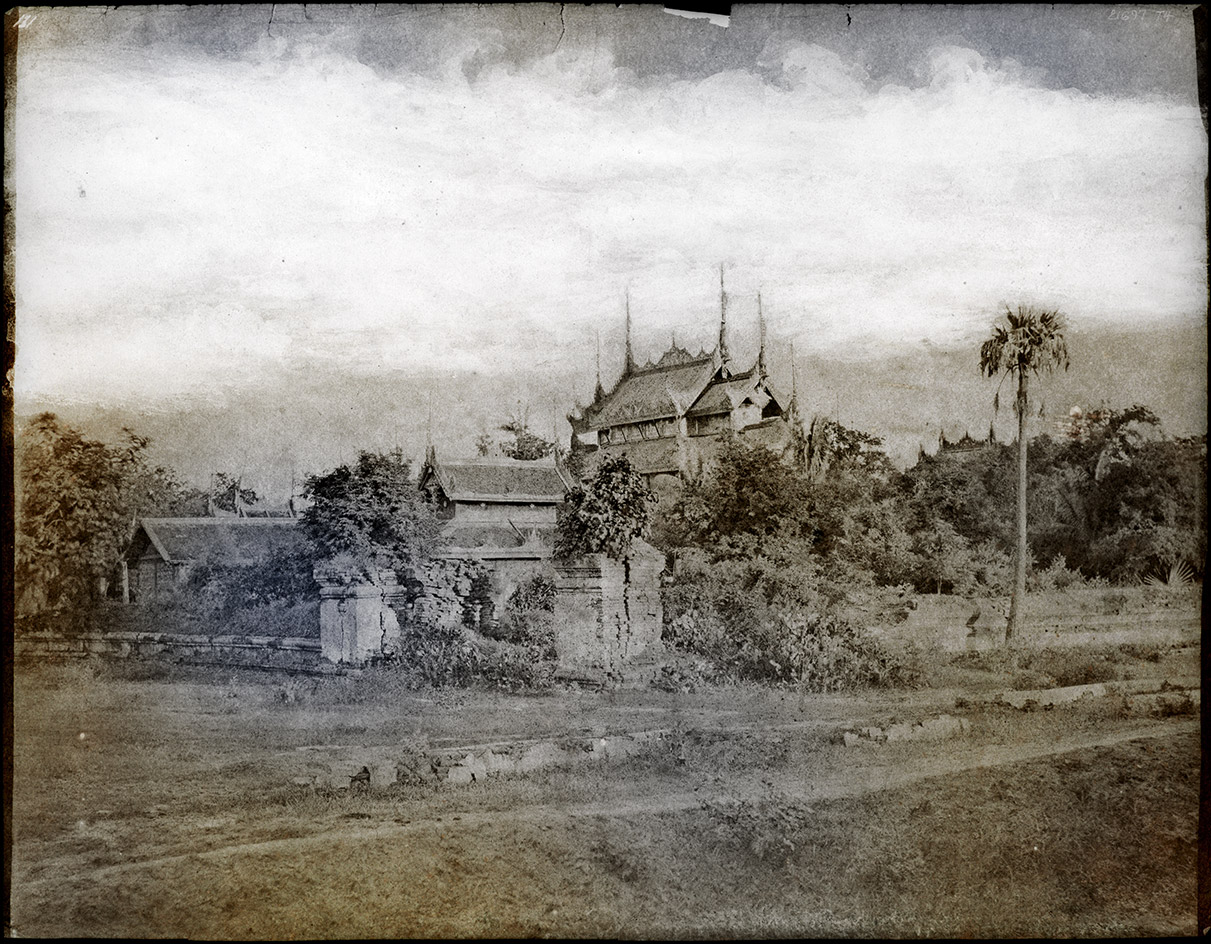
Tripe_09 (Amerapoora. My-au-dyk Kyoung), 2018, by Thomas Ruff, C-type print.
Ruff embarked on his own expeditions to the V&A’s viewing room, ultimately selecting 20 images from the 400-strong collection of Tripe paper negatives in the archive (ten works from the new series feature in the inaugural display). The negatives were photographed on a light-box at the London museum and delivered digitally to him (the artwork titles noticeably read like file names).
The artist began by layering Tripe’s sepia-toned negative with that of the positive albumen print on-screen, selectively teasing out areas of blue before enlarging the image to over three times its original size, and amplifying the structure of the paper and minute details hidden within it. There’s a quiet majesty to Ruff’s adaptation of Tripe’s images, as he pays homage to their scale, beauty and pictorial quality.
‘I did not want to compete with his printing. I really wanted to show the negative – or the state of the negative – 160 years later,’ says Ruff when we visit his Düsseldorf studio ahead of the opening. ‘All that was in the negatives is left and visible.’ Every scratch, speck of dust, water stain, mark of discolouration, and crease is shown in unapologetic glory in the 80 x 140cm prints, which Ruff – unlike Tripe – insisted on displaying them uncropped.
It’s the first time Ruff has ever worked with paper negatives and was intrigued by Tripe’s early ‘retouching’ processes, especially his hand-painting of the reverse of the negatives to add clouds or emphasise the ripples on water. (Early photographic emulsions were over-sensitive to blue and would not register clouds, so 19th century photographers would often retouch the sky to add interest to the picture).
Tripe’s photographs were the subject of an exhibition at the V&A in 2015, but seen in this ‘super-charged’ context the works take on a new lease of life. ‘Now the time is right to look at the aesthetics of the pictures and really rethink them as objects,’ says Barnes. ‘Thomas spans the world of analogue and digital, so his language of understanding the chemistry, the optics, and the ambition in making these pictures allows him to digitally draw [unique] things out of the pictures. Being able to translate them to the digital world allowed us to see what has never been revealed on those negatives.’
The Ruff/Tripe commission sits in poetic symmetry with the 150-odd cameras at the entrance of the revamped galleries – the installation, too, spans 160 years. ‘When most people think of photography, they think only of [the time] since Leica invented 35mm [in 1913]. Then it went on and film was exchanged to a digital sensor. That’s what photography is for them – this kind of straightforward photography,’ muses Ruff.
The artist continues, ‘I would say that’s only 5 per cent of the photographic world. If you go backwards, you’ll find every photographer who practiced photography in the first 50 years had to find their own technique. Everyone was a scientist, or an engineer. It was a really rich and wide world of photography.’ The new Photography Centre sets the perfect stage for Ruff’s latest series – a highly gratifying portal into the long history of the medium.
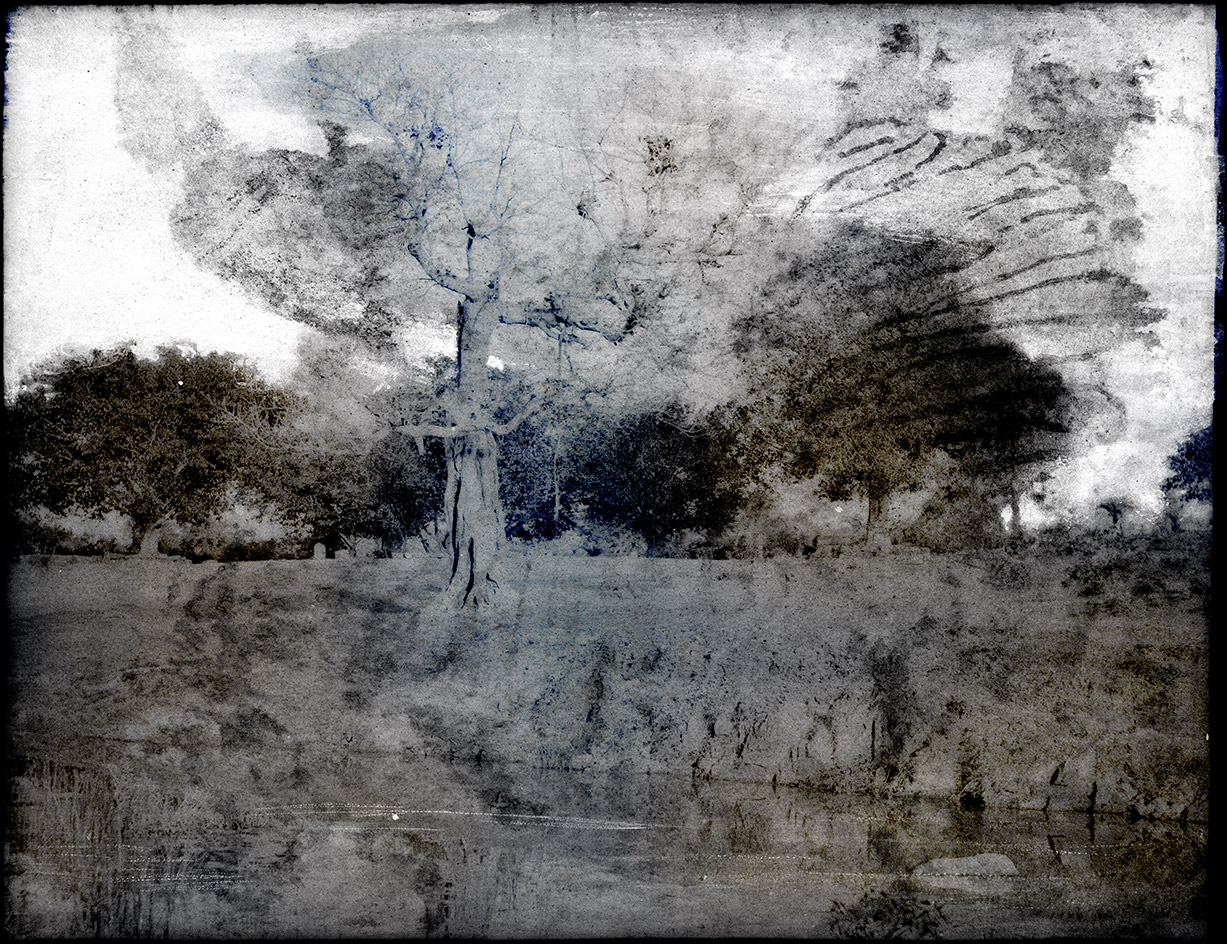
Tripe_03 (Mysore. Landscape with leafless tree and tank), 2018, by Thomas Ruff, C-type print.
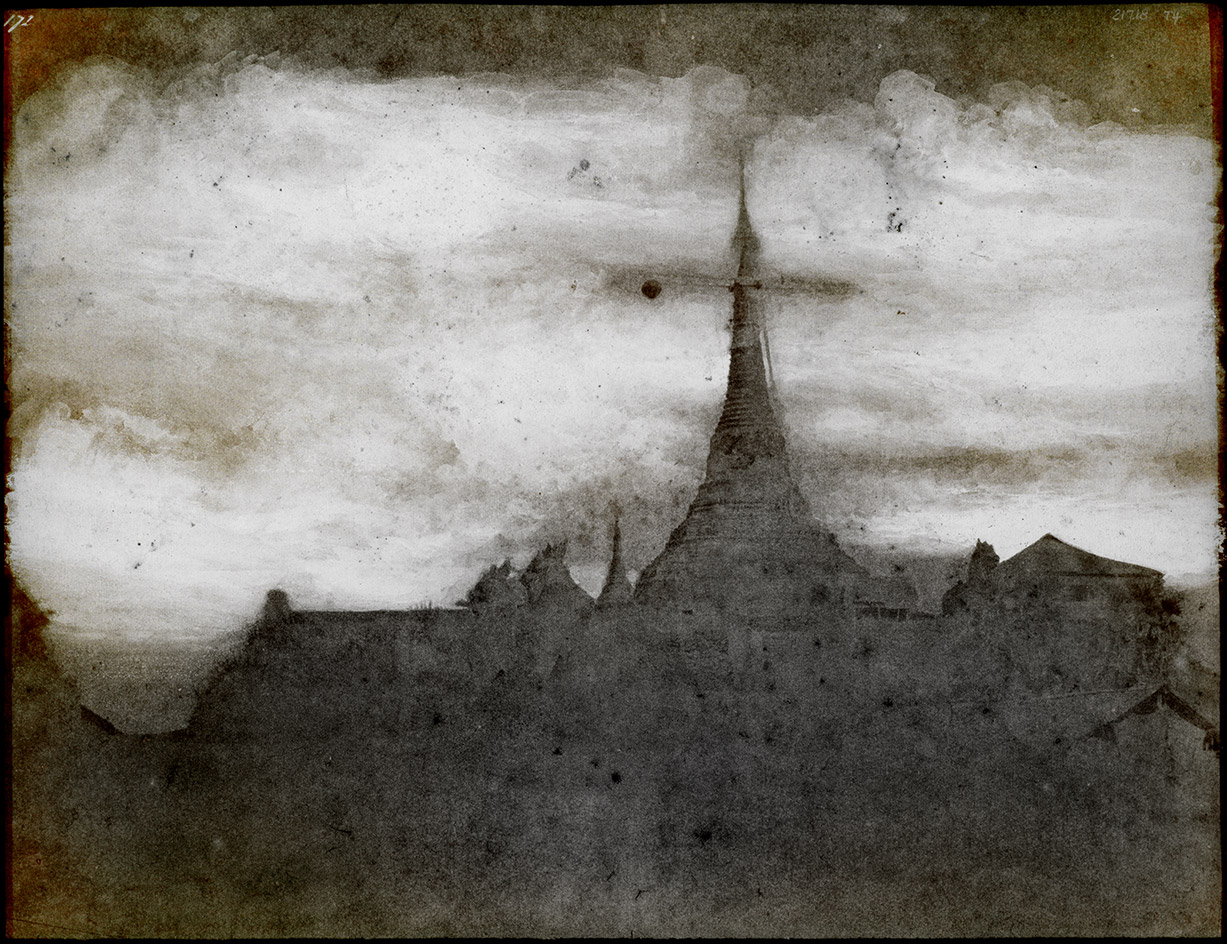
Tripe_05 (Rangoon. Signal Pagoda), 2018, by Thomas Ruff, C-type print.
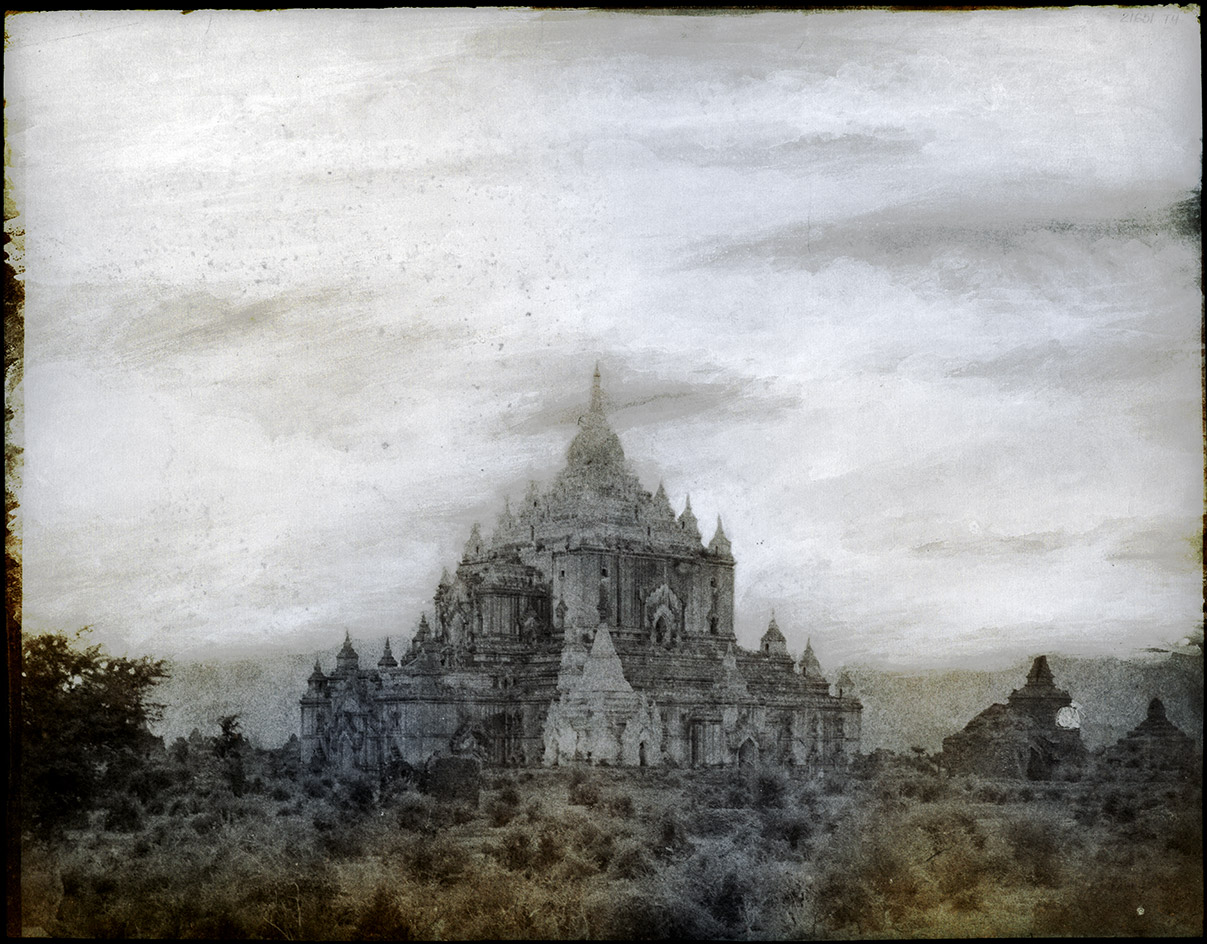
Tripe_08 (Pugahm Myo. Thapinyu Pagoda), 2018, by Thomas Ruff, C-type print.
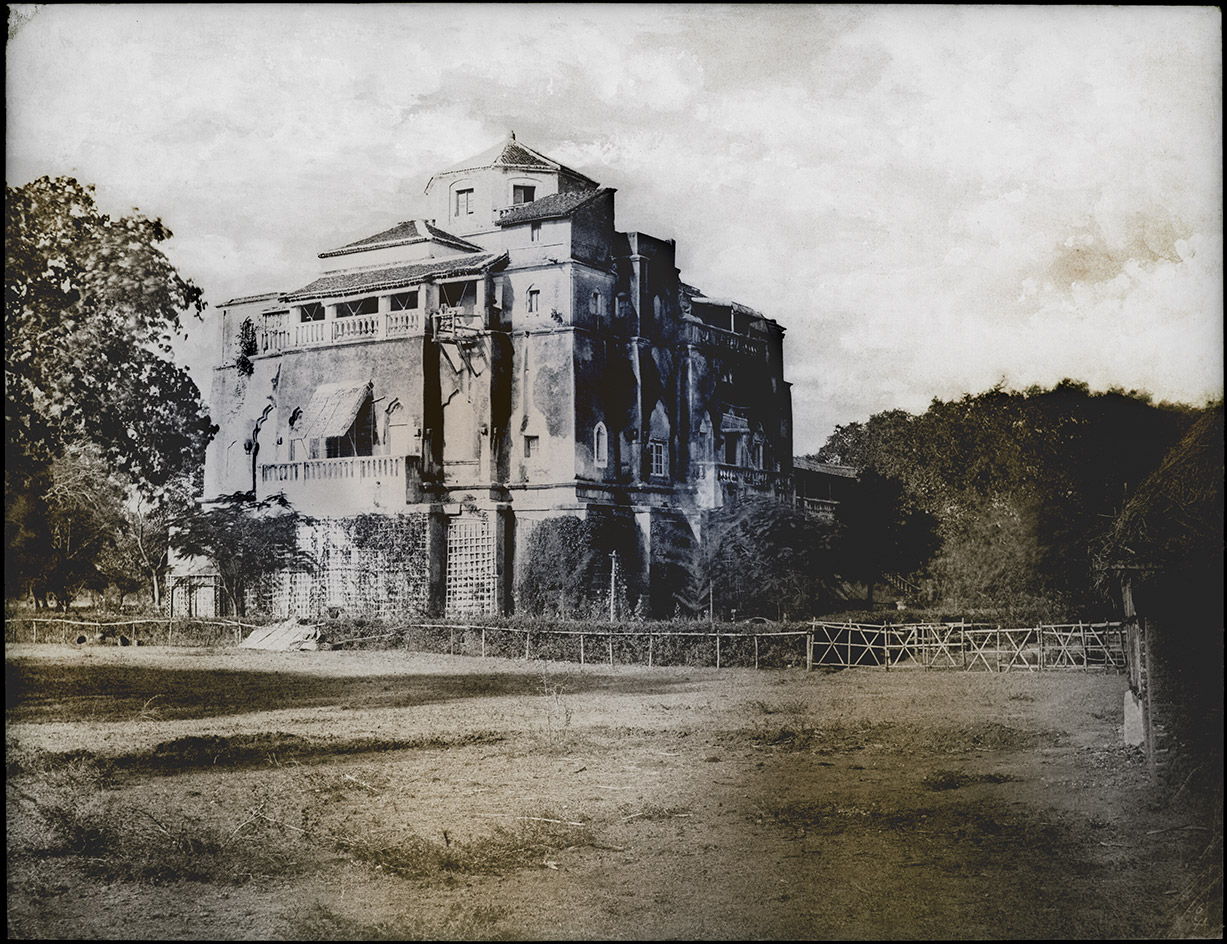
Tripe_13 (Madura. The Tunkum from east), 2018, by Thomas Ruff, C-type print.
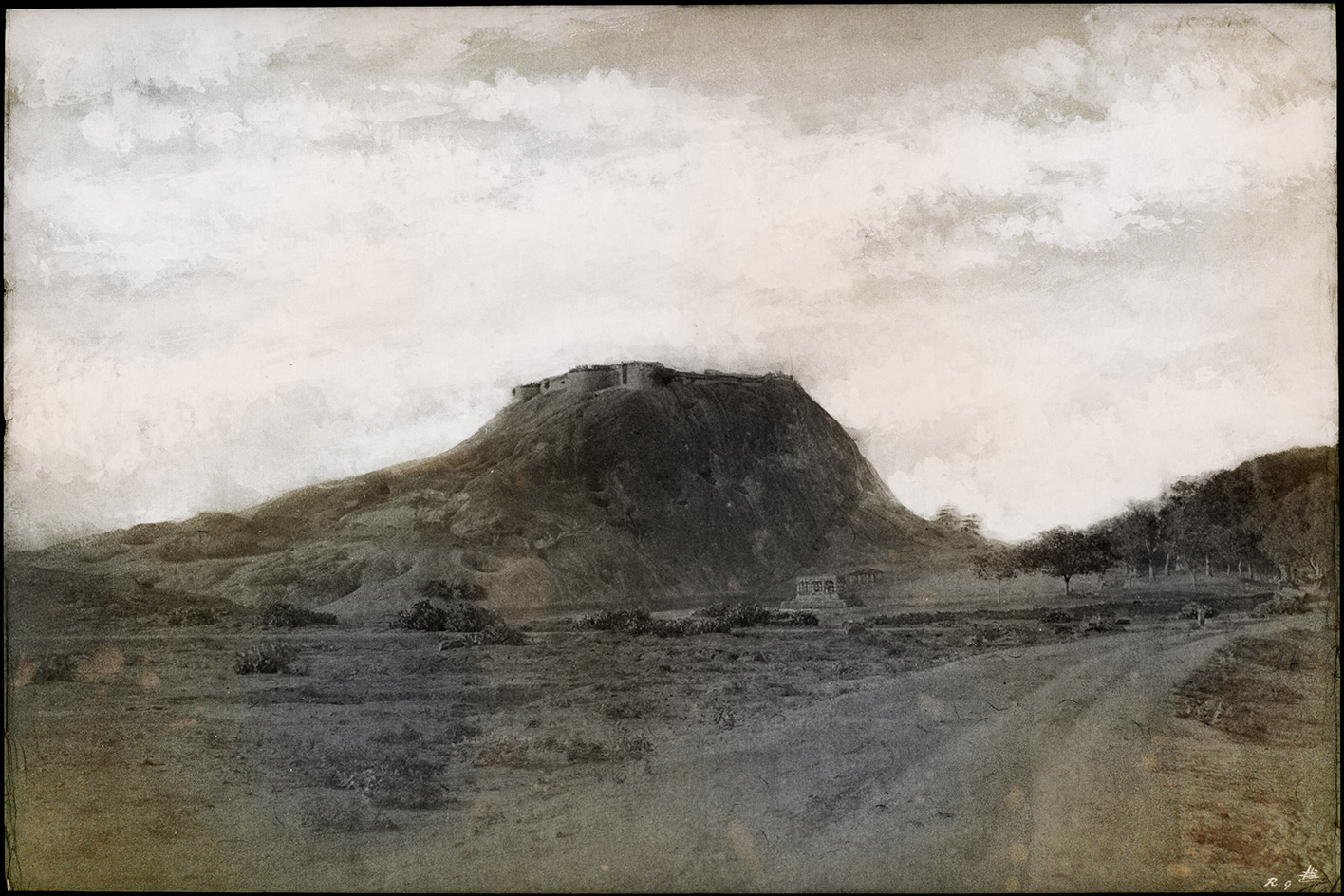
Tripe_14 (Namculdroog. Droog and tank), 2018, by Thomas Ruff, C-type print.
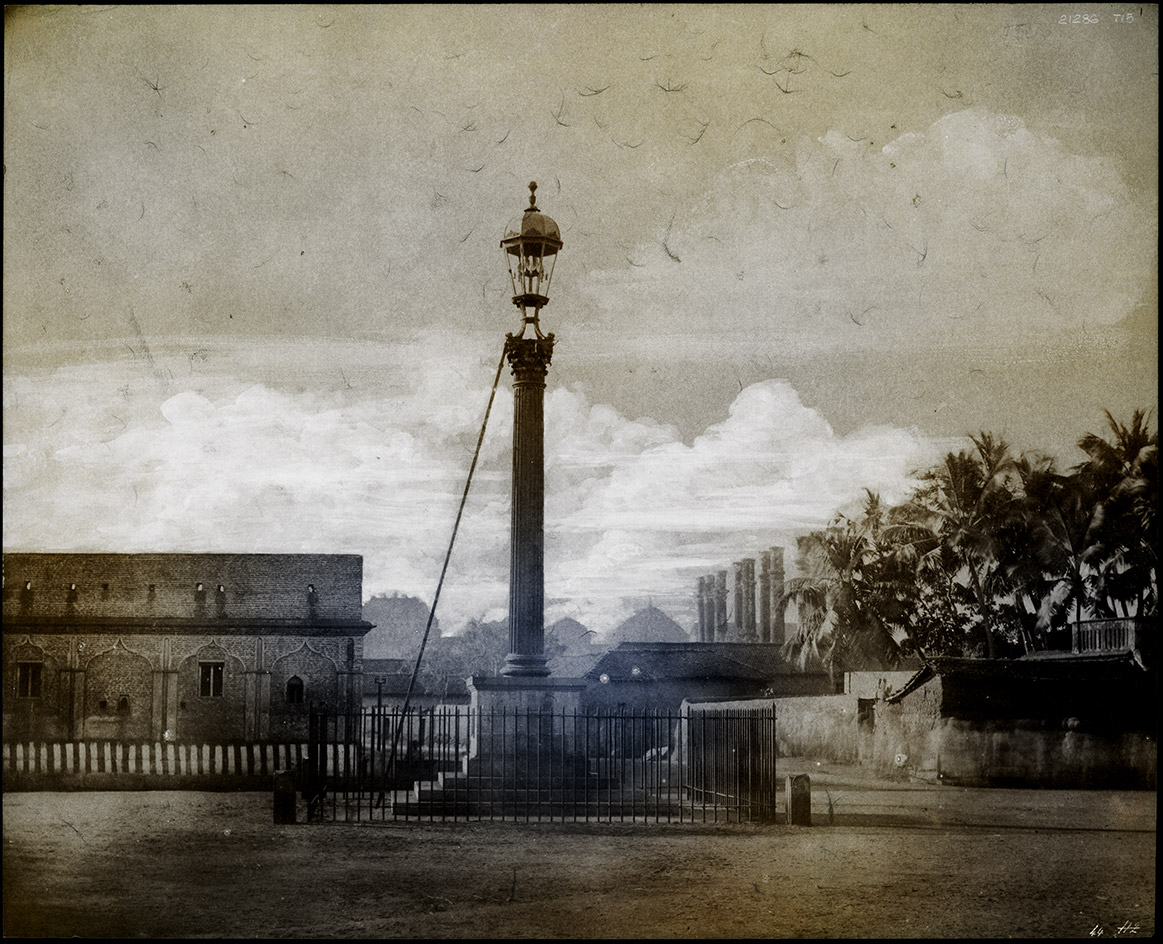
Tripe_15 (Madura. The Blackburn Testimonial), 2018, by Thomas Ruff, C-type print.
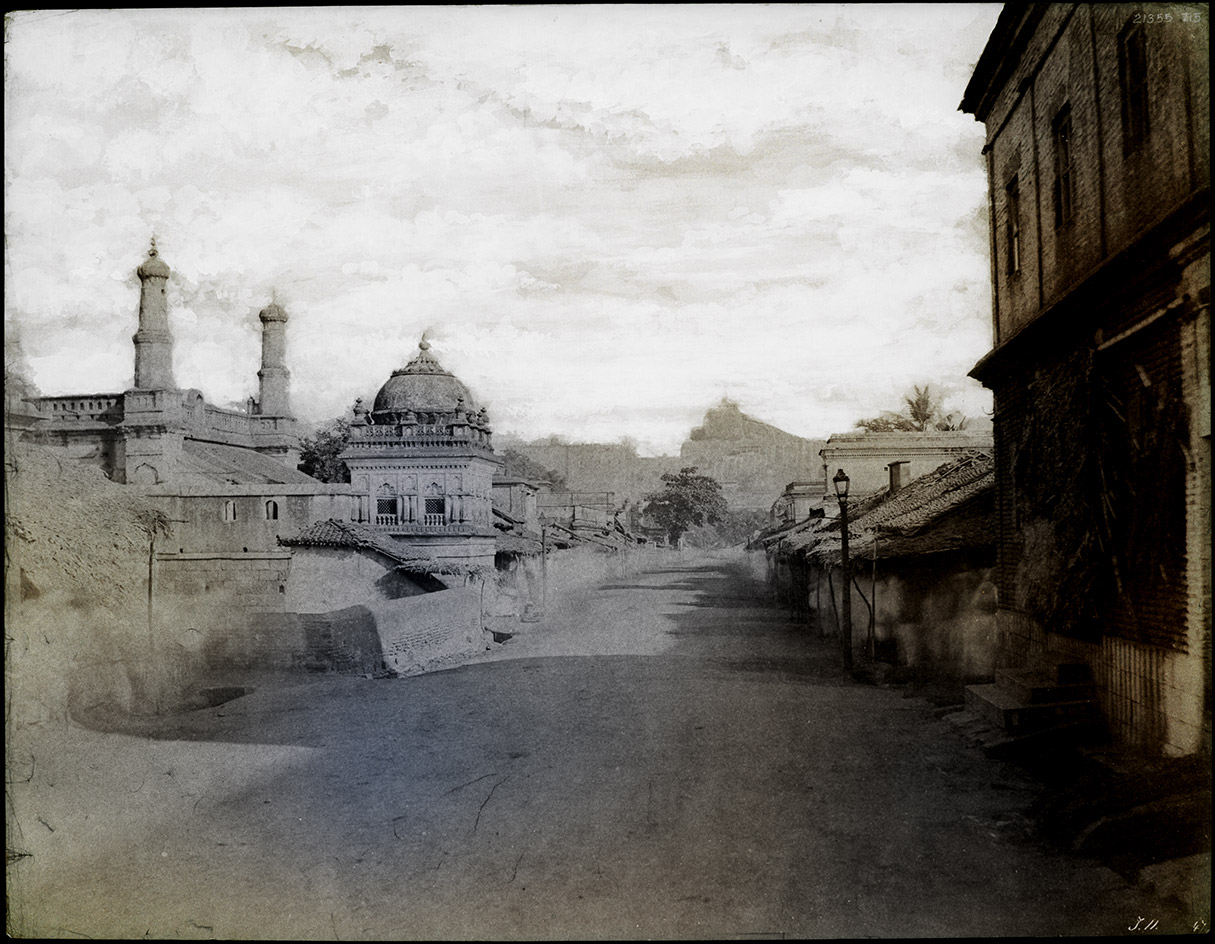
Tripe_17 (Trichinopoly. Street view, the rock in the distance), 2018, by Thomas Ruff, C-type print.

Tripe_01 (Amerapoora. Mohdee Kyoung), 2018, by Thomas Ruff, C-type print.
INFORMATION
The V&A Photography Centre is open to the public from 12 October. For more information, visit the V&A website
ADDRESS
Victoria and Albert Museum
Cromwell Road
London SW7 2RL
Receive our daily digest of inspiration, escapism and design stories from around the world direct to your inbox.
-
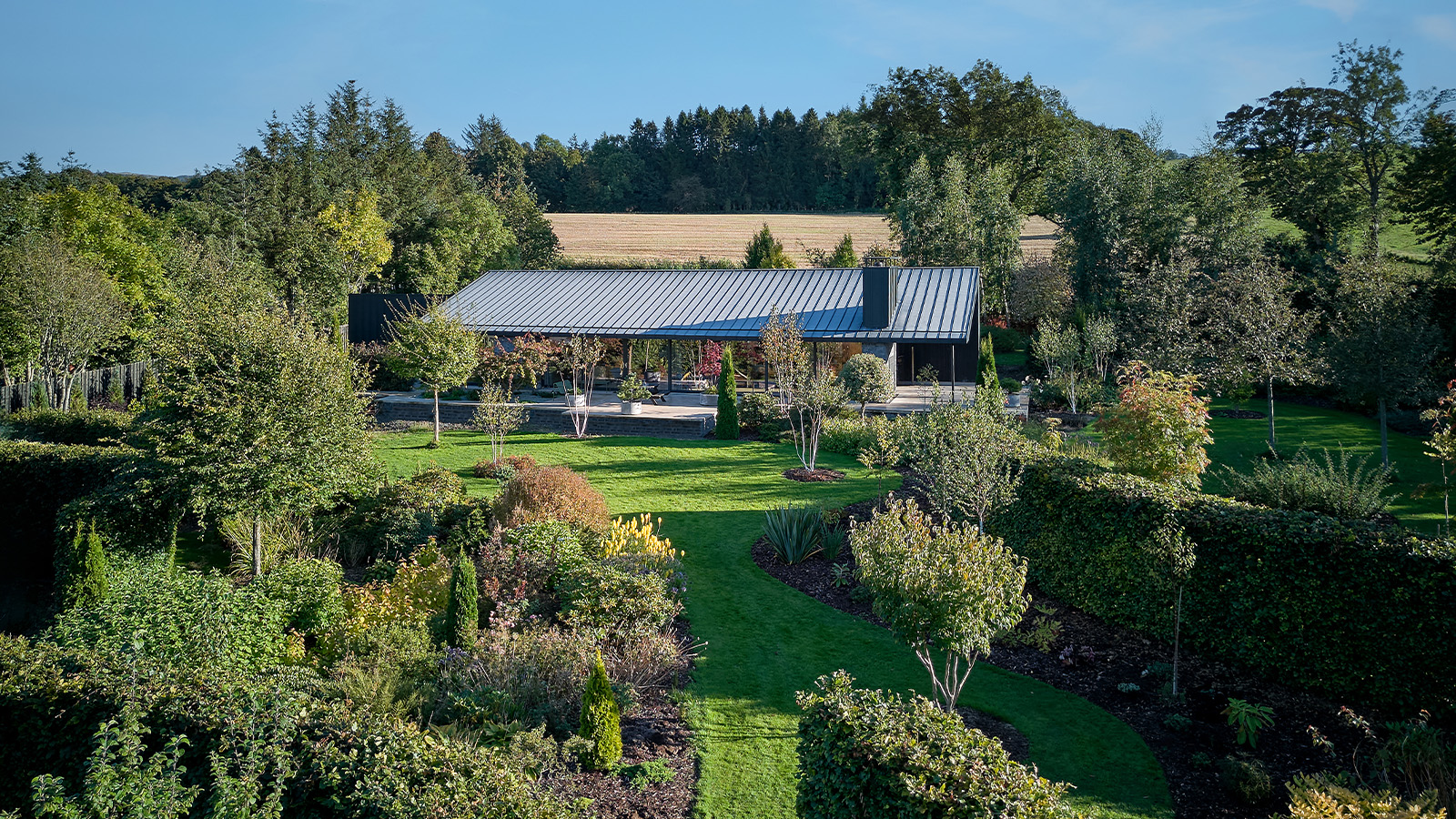 A compact Scottish home is a 'sunny place,' nestled into its thriving orchard setting
A compact Scottish home is a 'sunny place,' nestled into its thriving orchard settingGrianan (Gaelic for 'sunny place') is a single-storey Scottish home by Cameron Webster Architects set in rural Stirlingshire
-
 7 colours that will define 2026, from rich gold to glacier blue
7 colours that will define 2026, from rich gold to glacier blueThese moody hues, versatile neutrals and vivid shades will shape the new year, according to trend forecasters
-
 In Norway, discover 1000 years of Queer expression in Islamic Art
In Norway, discover 1000 years of Queer expression in Islamic Art'Deviant Ornaments' at the National Museum of Norway examines the far-reaching history of Queer art
-
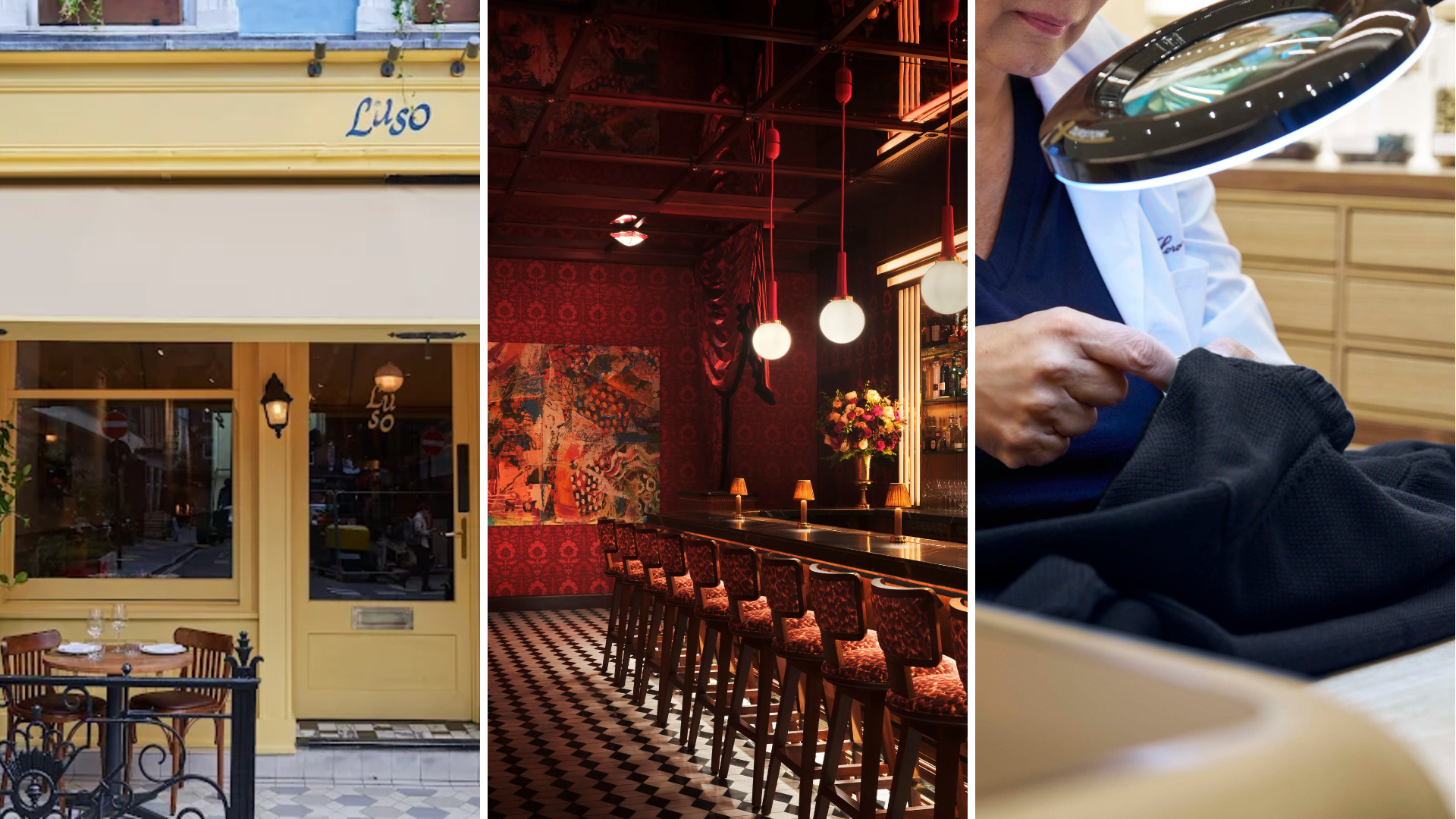 Out of office: The Wallpaper* editors’ picks of the week
Out of office: The Wallpaper* editors’ picks of the week'Tis the season for eating and drinking, and the Wallpaper* team embraced it wholeheartedly this week. Elsewhere: the best spot in Milan for clothing repairs and outdoor swimming in December
-
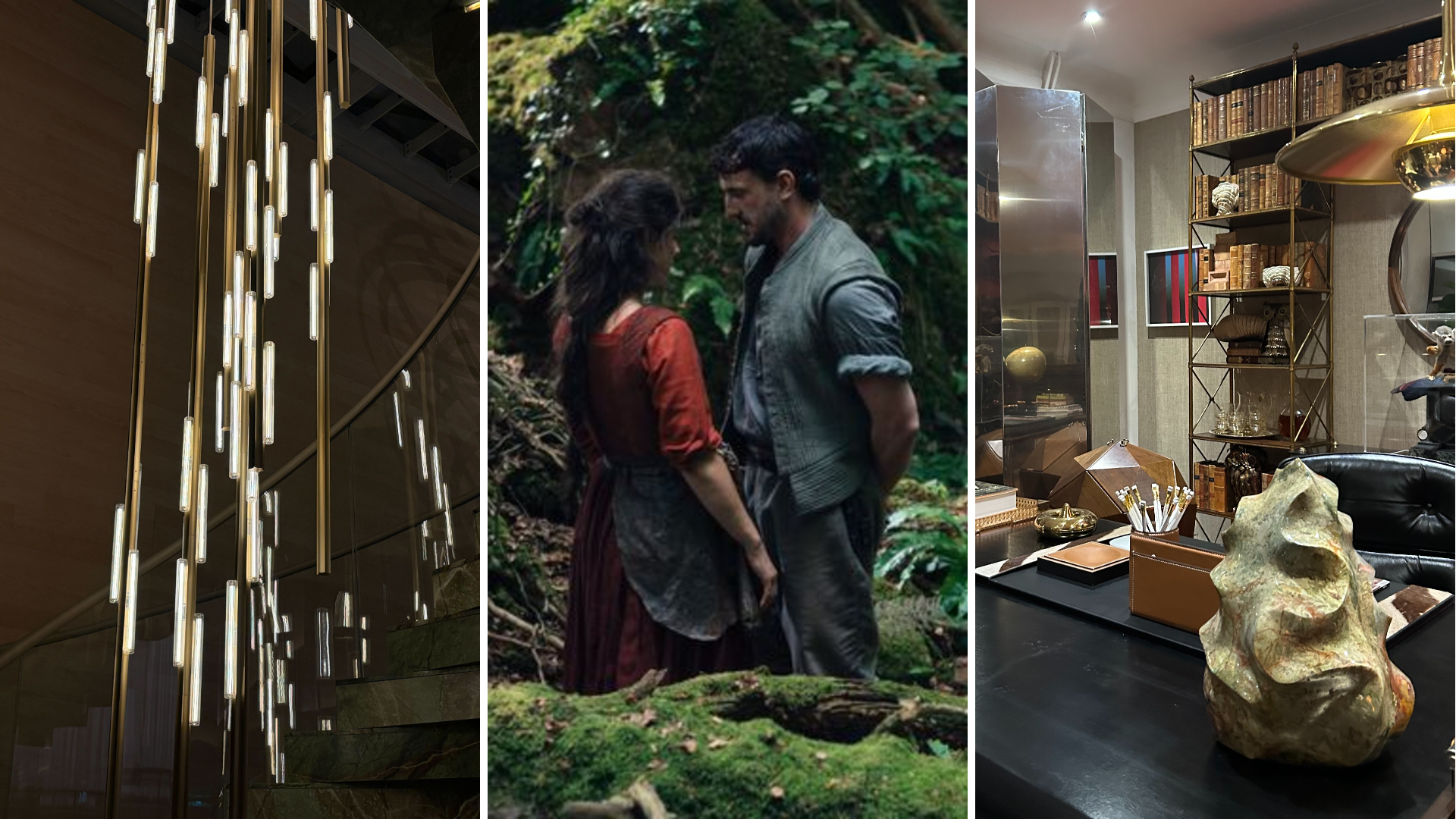 Out of office: The Wallpaper* editors’ picks of the week
Out of office: The Wallpaper* editors’ picks of the weekFar from slowing down for the festive season, the Wallpaper* team is in full swing, hopping from events to openings this week. Sometimes work can feel like play – and we also had time for some festive cocktails and cinematic releases
-
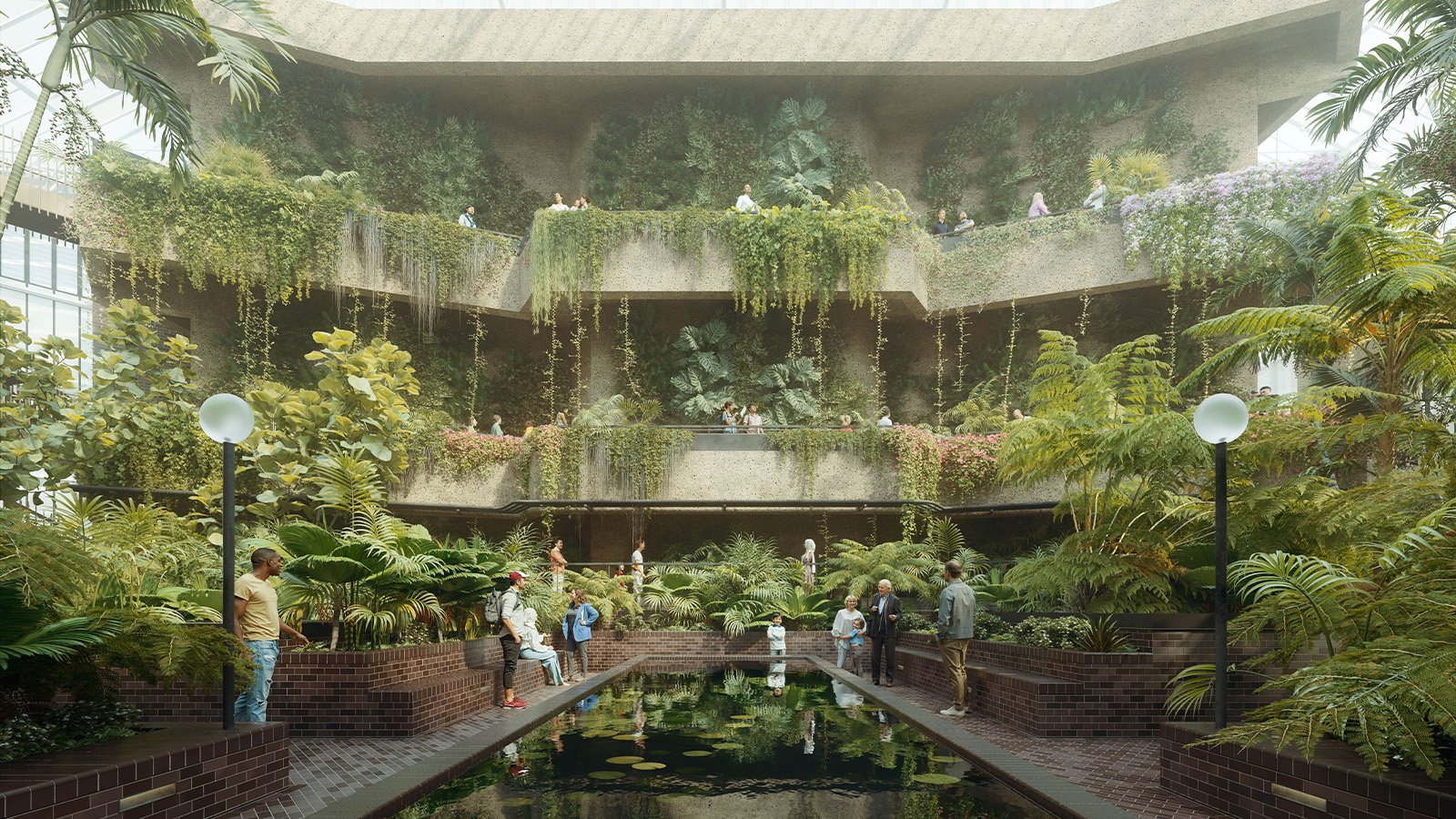 The Barbican is undergoing a huge revamp. Here’s what we know
The Barbican is undergoing a huge revamp. Here’s what we knowThe Barbican Centre is set to close in June 2028 for a year as part of a huge restoration plan to future-proof the brutalist Grade II-listed site
-
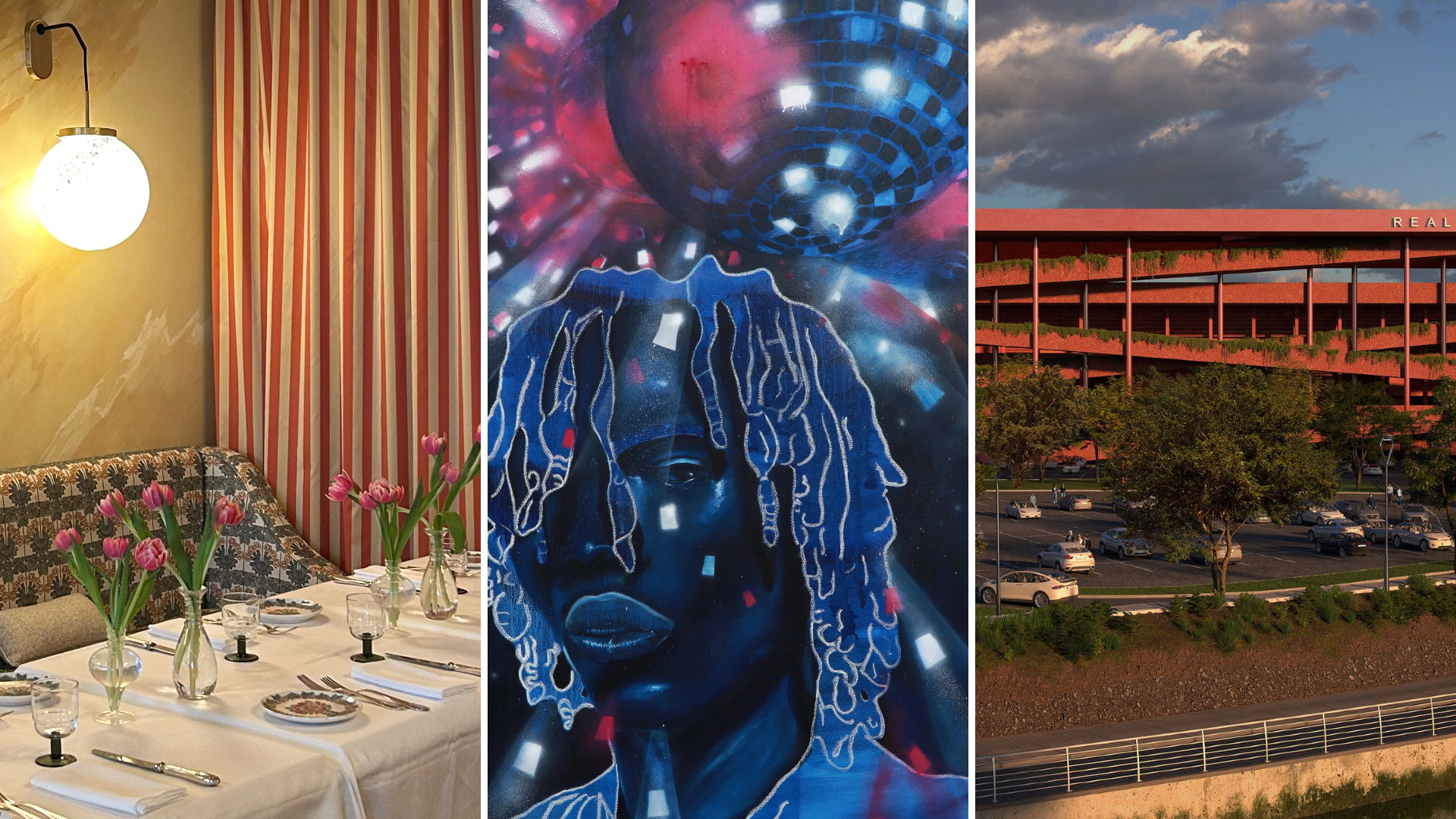 Out of office: The Wallpaper* editors’ picks of the week
Out of office: The Wallpaper* editors’ picks of the weekIt’s wet, windy and wintry and, this week, the Wallpaper* team craved moments of escape. We found it in memories of the Mediterranean, flavours of Mexico, and immersions in the worlds of music and art
-
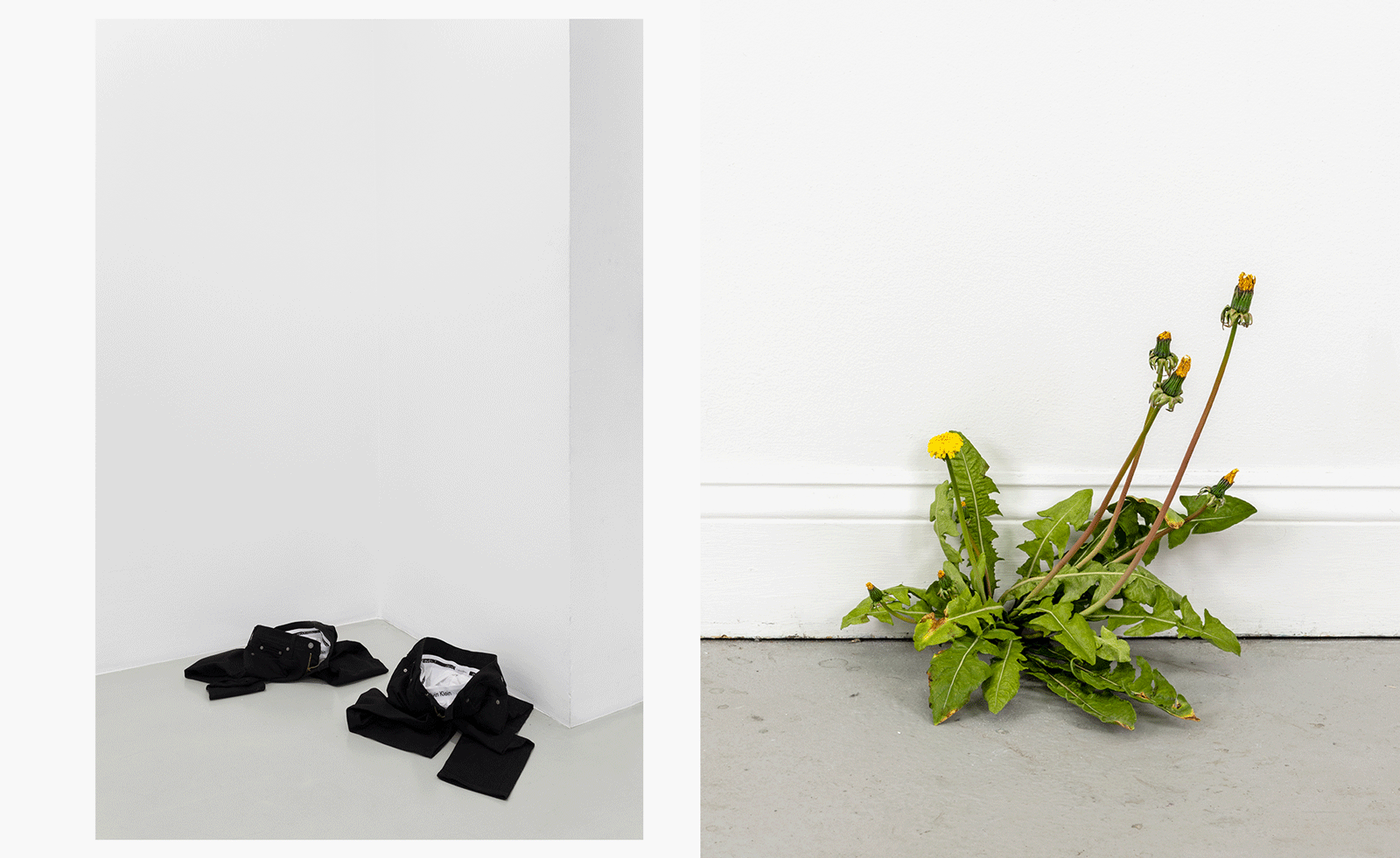 Each mundane object tells a story at Pace’s tribute to the everyday
Each mundane object tells a story at Pace’s tribute to the everydayIn a group exhibition, ‘Monument to the Unimportant’, artists give the seemingly insignificant – from discarded clothes to weeds in cracks – a longer look
-
 Out of office: The Wallpaper* editors’ picks of the week
Out of office: The Wallpaper* editors’ picks of the weekThis week, the Wallpaper* team had its finger on the pulse of architecture, interiors and fashion – while also scooping the latest on the Radiohead reunion and London’s buzziest pizza
-
 Out of office: The Wallpaper* editors’ picks of the week
Out of office: The Wallpaper* editors’ picks of the weekIt’s been a week of escapism: daydreams of Ghana sparked by lively local projects, glimpses of Tokyo on nostalgic film rolls, and a charming foray into the heart of Christmas as the festive season kicks off in earnest
-
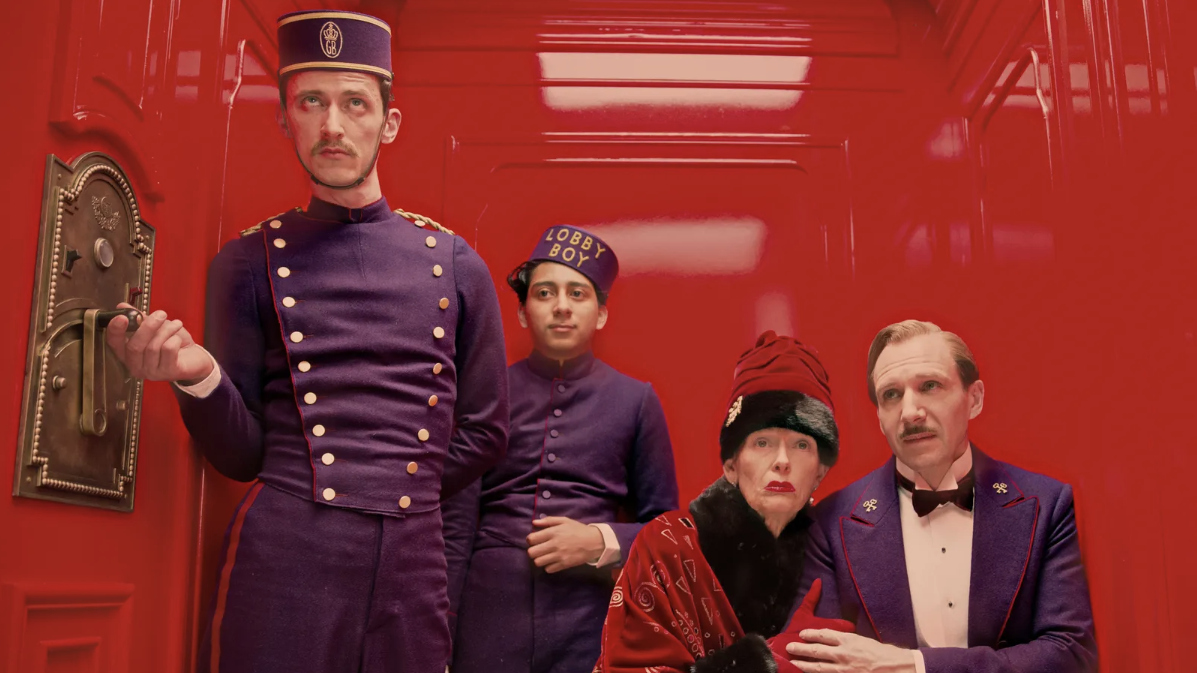 Wes Anderson at the Design Museum celebrates an obsessive attention to detail
Wes Anderson at the Design Museum celebrates an obsessive attention to detail‘Wes Anderson: The Archives’ pays tribute to the American film director’s career – expect props and puppets aplenty in this comprehensive London retrospective